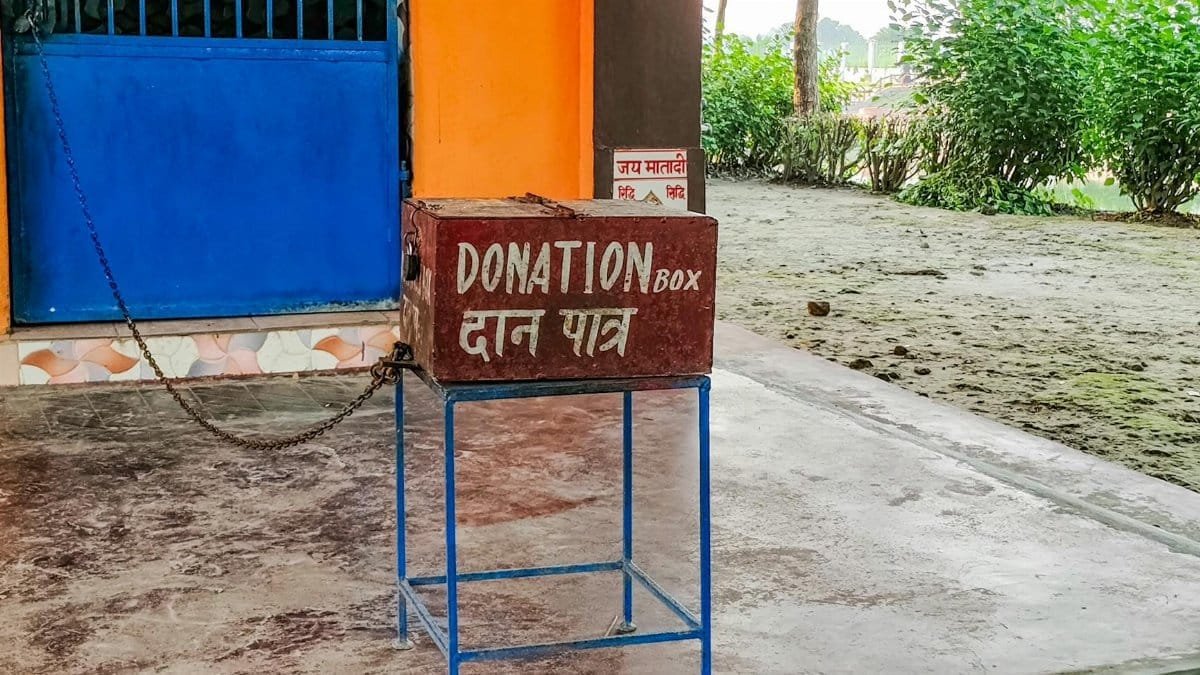Walk into any yoga studio or wellness center across the U.S. these days, and you’ll likely catch whispers of something timeless: ancient breathwork techniques healing both body and mind. From bustling cities like San Francisco to quieter Midwest towns, a growing number of Americans are turning to these age-old practices for relief from stress, anxiety, and even chronic pain. It’s not just a passing fad. There’s a quiet revolution happening, one rooted in methods that predate modern medicine by millennia. As life in 2025 races forward with relentless speed, these breathing practices offer a way to pause, reconnect, and mend what feels broken. But what exactly are they, and why do they still resonate so deeply? This isn’t about mysticism or untested claims—it’s about understanding how deliberate breath can shift our physiology and mindset, often in ways science is only now beginning to explain.
1. Pranayama: The Yogic Foundation of Breath

In the heart of ancient Indian traditions lies Pranayama, a practice dating back over 5,000 years. Often translated as “life force extension,” it encompasses a range of breathing exercises designed to balance energy and calm the nervous system. Think of slow, deliberate inhales through the nose, followed by extended exhales, sometimes with a slight constriction in the throat. Practitioners report a sense of grounding almost immediately. A 2021 study from National Center for Biotechnology Information found that regular Pranayama practice can lower cortisol levels, the stress hormone, by up to 20% in just weeks. For someone juggling a demanding job and family life in 2025, that’s not a trivial benefit. It’s a reminder that sometimes, the simplest act—breathing with intention—can be a powerful reset.
2. Tummo: The Inner Fire of Tibetan Monks

High in the Himalayas, Tibetan monks have long practiced Tummo, a breathwork technique tied to generating inner heat. It involves rapid, forceful breaths paired with visualization, often leading to measurable increases in body temperature. Western researchers took notice when a 2013 study published via PLOS ONE showed practitioners could withstand freezing conditions using this method. Beyond physical resilience, Tummo is said to foster mental clarity. Picture a monk sitting cross-legged on icy ground, unfazed by the cold, as breath becomes both shield and strength. For modern Americans, it’s less about surviving blizzards and more about building focus amid chaos.
3. Kapalbhati: The Skull-Shining Breath

Another gem from yogic tradition, Kapalbhati involves short, sharp exhales driven by the diaphragm, almost like a rhythmic puffing. The name translates to “skull-shining,” hinting at its reputed ability to clear mental fog. A friend of a local instructor in Chicago described it as “like hitting a refresh button on my brain.” Studies, including one summarized by NCBI, suggest it boosts oxygen flow to the brain, potentially enhancing cognitive function. It’s not hard to see why this appeals to those feeling mentally sluggish in today’s information overload. Start with just a minute or two, though—overdoing it can leave you dizzy.
4. Anapanasati: Mindfulness Through Breath

Rooted in Buddhist teachings, Anapanasati focuses on observing the natural rhythm of breath to cultivate mindfulness. It’s less about controlling inhalation and more about noticing it—where it flows, how it feels. This simplicity makes it accessible, even for skeptics. Monks have used it for centuries to deepen meditation, but in 2025, it’s finding a place in corporate wellness programs. Research from American Psychological Association highlights how mindfulness-based practices, including breath awareness, reduce symptoms of anxiety by nearly 30% in some groups. It’s a quiet rebellion against the always-on culture many face daily.
5. Box Breathing: Ancient Roots, Modern Military Use

Box breathing, often linked to Navy SEALs for stress management, actually traces back to ancient practices of rhythmic breath control found in both yogic and Taoist traditions. The method is straightforward: inhale for four counts, hold for four, exhale for four, hold again for four. Repeat. It’s a structured way to calm the autonomic nervous system. A veteran in a recent online discussion shared anonymously that this technique “kept me steady during deployments and now during civilian life’s quieter storms.” While not tied to a specific ancient name, its principles echo historical breathwork aimed at centering the mind. It’s practical, portable, and needs no special setting.
6. Diaphragmatic Breathing: The Belly Breath of Balance

Across cultures, from ancient Greece to China, deep belly breathing—known today as diaphragmatic breathing—has been a cornerstone of healing. The diaphragm expands fully, pulling air deep into the lungs, which can slow heart rate and signal relaxation to the brain. Imagine lying on a mat in a quiet room, hand on abdomen, feeling it rise and fall with each cycle. It’s a staple in modern therapy for anxiety, but its roots are old. Studies cited by Harvard Health confirm it lowers blood pressure in minutes. For anyone overwhelmed, it’s a starting point that requires nothing but a moment of focus.
7. Alternate Nostril Breathing: Harmonizing the Mind

Known as Nadi Shodhana in Sanskrit, alternate nostril breathing is a balancing act. You close one nostril, inhale through the other, switch, and exhale. The cycle continues, supposedly aligning the body’s energy channels. Ancient texts claim it harmonizes the left and right brain hemispheres, though science is more cautious. Still, small studies suggest it reduces stress markers, as noted in research archived at NCBI. Practitioners often describe a subtle shift, a quieting of inner noise. In a world of constant notifications, that alone feels like a small miracle.
8. Breath of Fire: Energizing Through Rapid Rhythm

Breath of Fire, or Bhastrika, is a fast, forceful technique from Kundalini yoga, meant to stoke energy and clear stagnation. The abdomen pumps rapidly, pushing air in and out through the nose. It’s intense—definitely not for beginners or those with high blood pressure. Yet, for those who master it, the jolt of vitality is undeniable. A 2019 study referenced by Frontiers in Immunology suggests such vigorous breathing may even influence immune response. It’s a stark contrast to slower methods, showing the diversity within ancient breathwork techniques healing.
9. Daoist Circular Breathing: Flowing With Nature

In ancient Chinese Daoist practices, circular breathing emphasizes a seamless, flowing cycle of inhalation and exhalation, often paired with gentle movement like Tai Chi. The goal is to mirror nature’s rhythms—think of waves lapping at a shore. It’s less structured than some methods but deeply restorative. Historical texts link it to longevity, while modern research points to improved vagal tone, a marker of relaxation response, as noted in summaries by Mayo Clinic. For someone burned out in 2025’s hustle, it’s a way to reconnect with a slower, more intentional pace.
These nine ancient breathwork techniques healing practices aren’t just relics of the past—they’re tools that fit into modern lives with surprising ease. Whether it’s the energizing snap of Breath of Fire or the grounding calm of diaphragmatic breathing, there’s a method for nearly every need. Science is catching up, validating what sages knew long ago: breath is more than survival. It’s a bridge to resilience. As stress continues to shadow daily routines across the U.S., these practices offer a way to reclaim a sense of control, one inhale at a time. They don’t require fancy equipment or hours of commitment. Just a willingness to pause and notice the air moving through you. That, perhaps, is the most radical act of all in a world that rarely stops.
